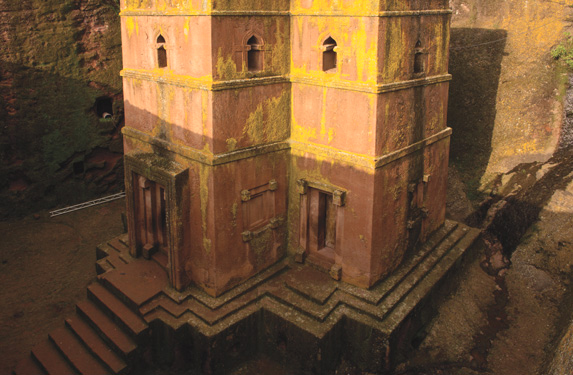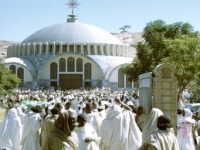Seeking refreshment among Lalibela’s rock-hewn history.

Story by Hewete Haileselassie.  Photos by Philip De Jong Jr.
My friends and I had been planning a trip to Lalibela for more than a decade. Not so much planning as procrastinating.
As a second-generation Ethiopian, I visited the country every year or so, mostly to see friends and family and sometimes more recently for work. And each time, I ended up visiting the southern lake resorts of Langano instead of the northern holy city.
But with the passage of time and a reconnection with my Ethiopian Orthodox faith, I rekindled a desire to visit the medieval cave churches.
Lalibela conjures up a mythical appeal, rather like the Taj Mahal in India, or the Sagrada FamÃÂlia in Spain. My friends and I initially hoped to do a northern cities historical tour, taking in Bahir Dar, Gondar, Lalibela and Axum. But complicated logistics for four of us meant that we shortened our trip to two days in Lalibela only.
In a sense, Lalibela is a microcosm of Ethiopia  combining stunning landscapes and ancient churches with a sense of otherworldliness. Churches and monasteries are perched on mountainsides overlooking steep gorges and, in one case, cloud cover that leads to the impression of being outside everyday reality. And indeed, nowhere else on the planet is there a single larger monolithic church. Read more



